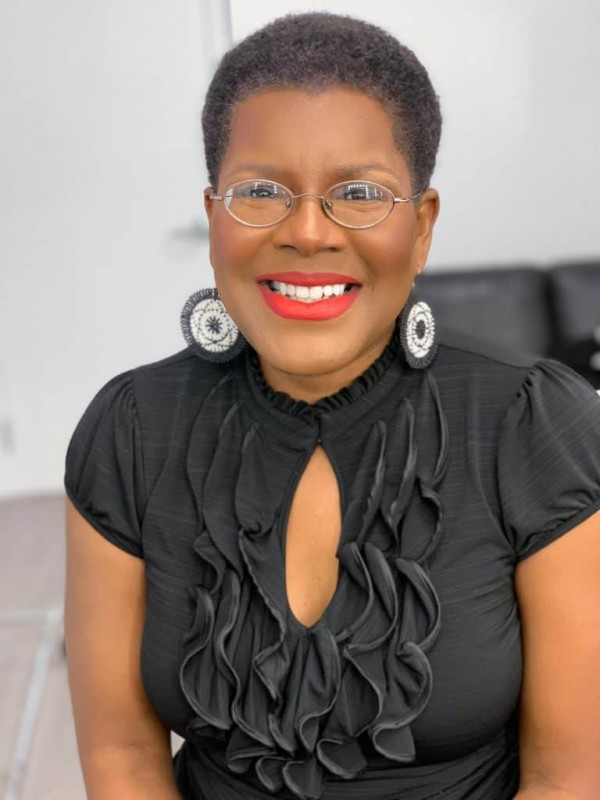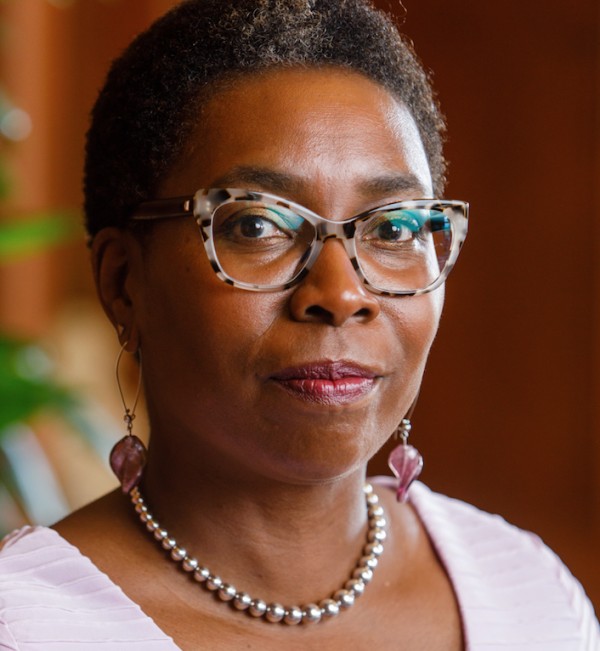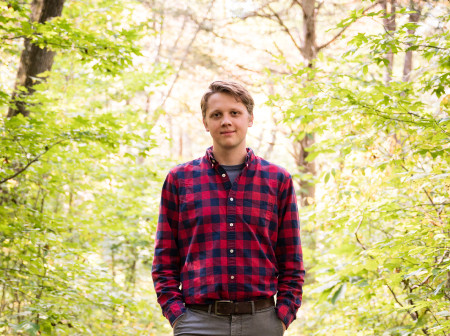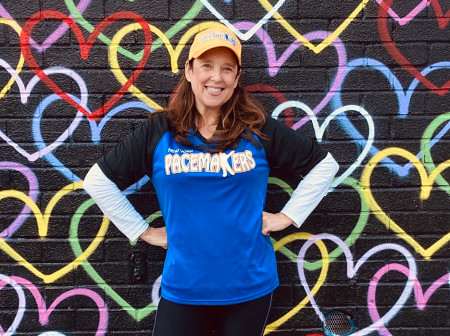Tananarive Due remembers watching black-and-white monster movies with her mother while growing up in Miami in the 1970s.
“I just loved it,” says Due ’87, an award-winning fiction writer. “As a young kid, I just saw it as a fun, roller coaster ride thing.
“You haven’t lost anything or suffered anything when you’re a child, so it doesn’t have the same impact. But years later, I came to realize that my mother’s fascination with horror movies was in reaction to trauma. And that would be the racial trauma of having grown up during Jim Crow and, more explicitly, her civil rights activism in the 1960s, when she had a police officer throw a tear gas canister in her face. She carried a lot of scars.
“There are a lot of Black horror fans who have been able to use the fantasy of horror and its imaginary monsters to process real-life trauma, including real-life racial trauma.”
Due is part of the creative team behind Horror Noire: Six Stories of Black Horror, a new film anthology that comprises a mix of original and adapted horror stories by Black creators, all centering Black characters. The anthology — which includes Daddy, Bride Before You, Brand of Evil, The Lake, Sundown and Fugue State — is available for streaming on Shudder on Oct. 28.

Harper Collins just rereleased Tananarive Due’s first novel, The Between, first published in 1995. The rereleased version received a review from The New York Times in October. Photo credit: Melissa Hibbert
Due, who co-wrote the screenplays for The Lake (based on her short story by the same name) and Fugue State with her husband, Steven Barnes, sees the film’s premiere as part of a renaissance of Black horror — a subgenre of films created by and for Black people.
“The anthology is a fantastic introduction for people who don’t know what Black horror is or who have preconceived notions about it,” says Due, who teaches Black horror and Afrofuturism at the University of California, Los Angeles. “I think they’ll be pleasantly surprised.”
Due was an executive producer of the 2019 documentary Horror Noire: A History of Black Horror, which provided both seasoned horror fans and newbies alike an untold history of Black Americans’ relationship with the genre. Based on the research of Robin Means Coleman, the Ida B. Wells and Ferdinand Barnett Professor in Communication Studies at Northwestern, the documentary traces the history of how Blackness has been portrayed in horror films over the course of a century, and explains how Hollywood has catered primarily to white audiences by excluding Black actors from horror films or casting them as stereotyped background characters. Those films portrayed Black people as monsters to be feared and exploited Black characters as tropes in service to white characters. Coleman, who is also Northwestern’s chief diversity officer, published a groundbreaking book on the topic in 2011.





Reader Responses
No one has commented on this page yet.
Submit a Response